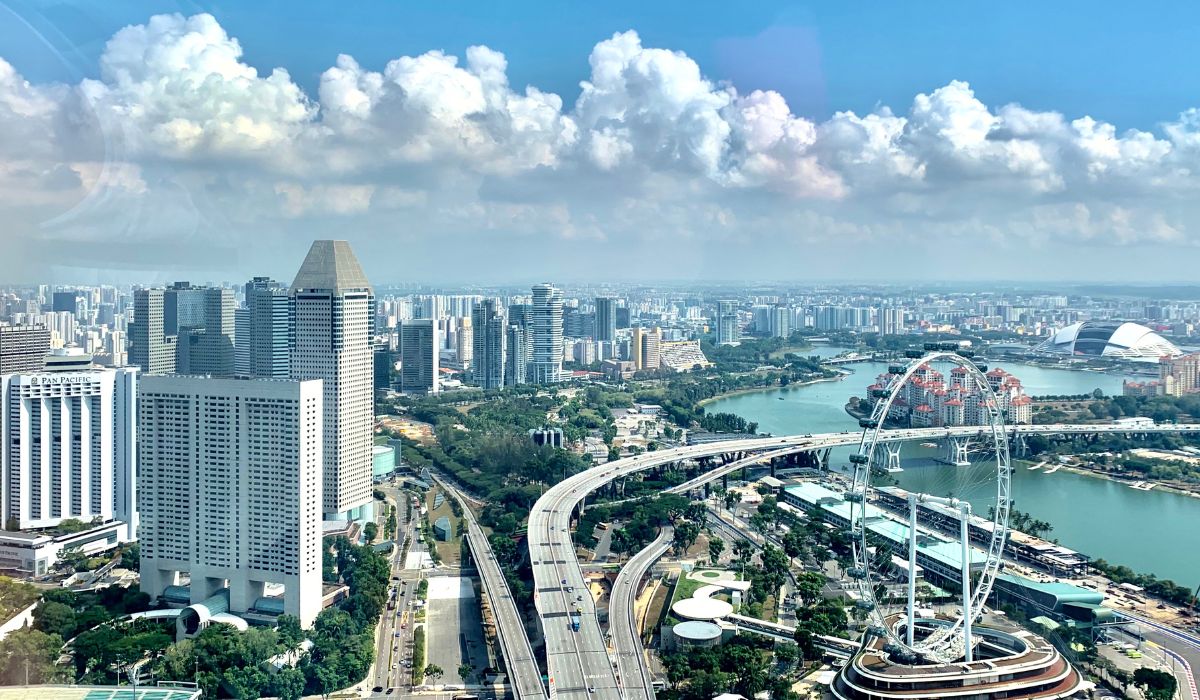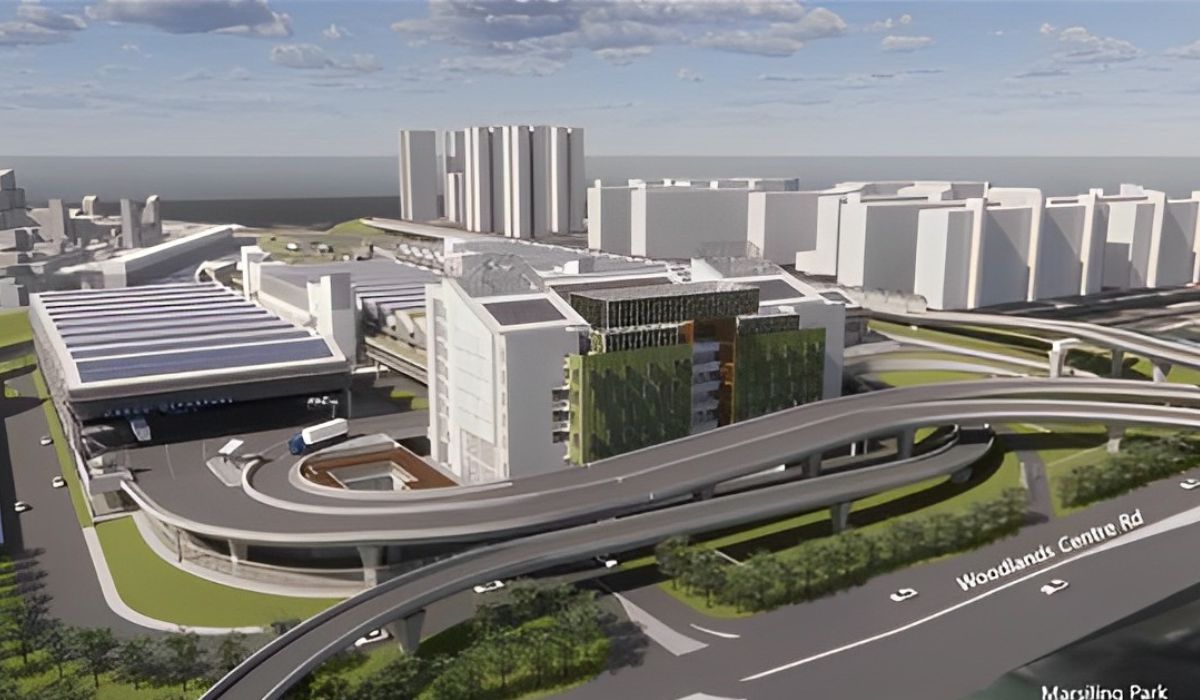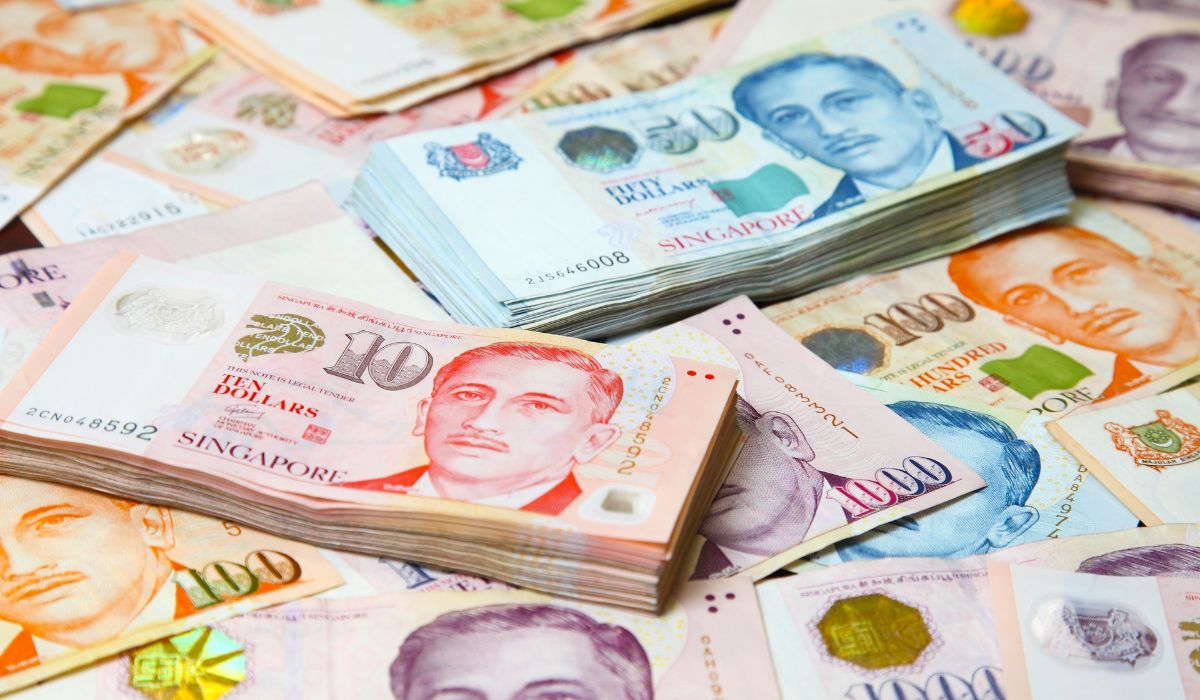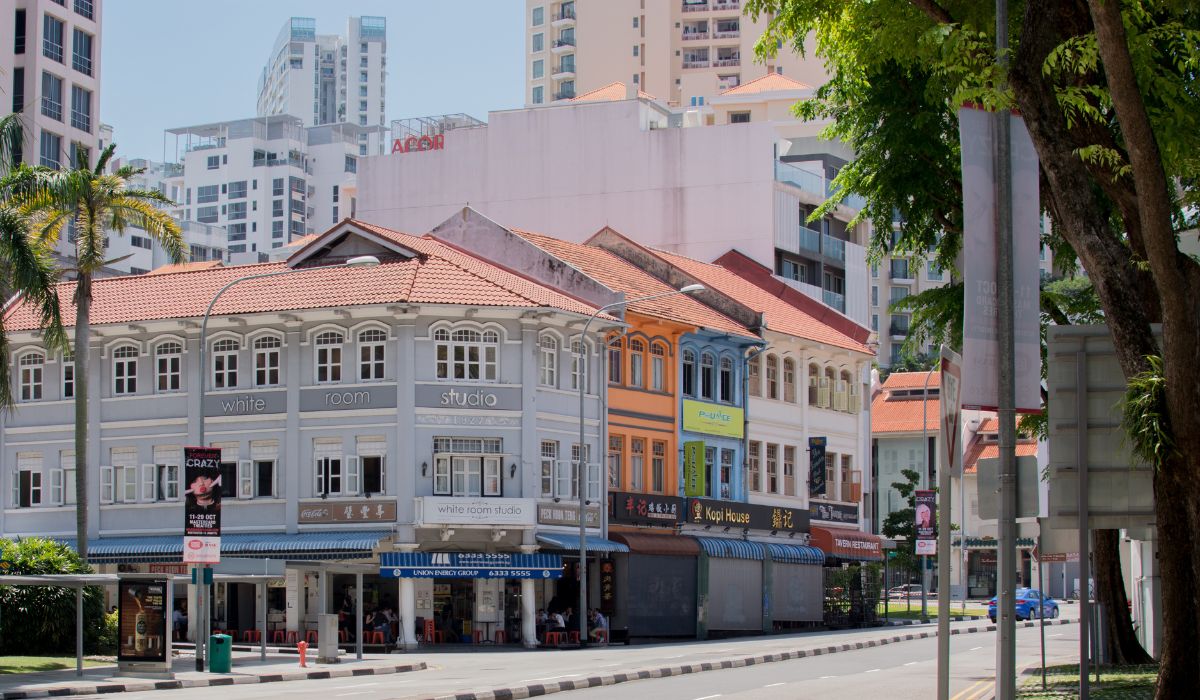Singapore experiences haze once more
Although haze can be seen in Singapore on Tuesday, there will be a reduced likelihood of it on Wednesday due to more rain forecast. Scattered showers are expected in the Lion City, while the surrounding region will continue to experience dry conditions.
What causes Singapore haze?
Singapore occasionally deals with smoke haze from time to time. The Singapore haze season usually occurs during July through October. This season is notorious for its association with heightened haze levels which often stems from forest fires and land-clearing activities in neighbouring countries, notably Indonesia. Fires in Malaysia and Thailand have also been identified as two other sources, to a lesser extent.
Factors aggravating the Singapore haze include extended dry spells, shifts in wind patterns, and reduced precipitation. The prevailing winds, especially during the Southwest monsoon season, can transport the resultant smoke haze from these forest fires into Singapore’s airspace.
NEA’s haze advisory
NEA’s daily Singapore haze advisory mentions that “the prevailing winds are expected to blow from the southeast, occasionally shifting to the south to southwest, with a chance of slight haze affecting Singapore.”
The 24-hour Pollutant Standards Index (PSI) for Singapore is anticipated to remain in the moderate range during this period. The health advisory by NEA offers the following guidance:
• Healthy persons: Can continue normal activities
• Elderly, pregnant women, and children: Can continue normal activities
• Persons with chronic lung/heart disease: Can continue normal activities
NEA further notes that the likelihood of transboundary haze affecting Singapore is expected to reduce by Wednesday as shower activities are predicted to return to the surrounding region.
Currently, dry conditions persist across many parts of the neighbouring areas, with an increase in hotspots. On Monday, a total of 285 hotspots were detected, primarily concentrated in the southern and central parts of Sumatra, marking an increase from the 24 hotspots detected on Sunday.
As of 6 pm on Monday, 1-hour PM2.5 concentration readings in Singapore were reported within the normal range. The PSI, however, fluctuated between 54 and 72, categorising it as moderate.
The skies have generally remained clear since 7 October, when air quality fell into the unhealthy range for the first time since 2019.
During this period, smoke from forest fires in central and Southern Sumatra was carried by winds towards Singapore on 7 and 8 October, leading to hazy conditions. The highest 24-hour PSI, recorded at 123, occurred in the eastern part of Singapore between 8 pm and 9 pm on 7 October.
The recent occurrence of rain over Singapore and the surrounding region in the previous week contributed to a decrease in the likelihood of haze.
Looking ahead
The forecast anticipates more showers in southern Southeast Asia over the next two weeks, which may further improve the Singapore haze situation and reduce the chances of transboundary haze affecting the Lion City.
“The chance of the 24-hour PSI reaching the unhealthy range in Singapore is low for the coming fortnight,” stated the Meteorological Service Singapore (Met Service) in its fortnightly weather advisory on Monday.
Highest PSI in Singapore
The 2013 Southeast Asian haze is the most extreme haze episode in Singapore and multiple regions in Malaysia. On 21 June 2013, the 3-hour Pollution Standards Index (PSI) in Singapore increased to 401, surpassing the earlier record of 226 during the 1997 Southeast Asian Haze.
More from OMY: How To Apply For Emergency Loan In Singapore







